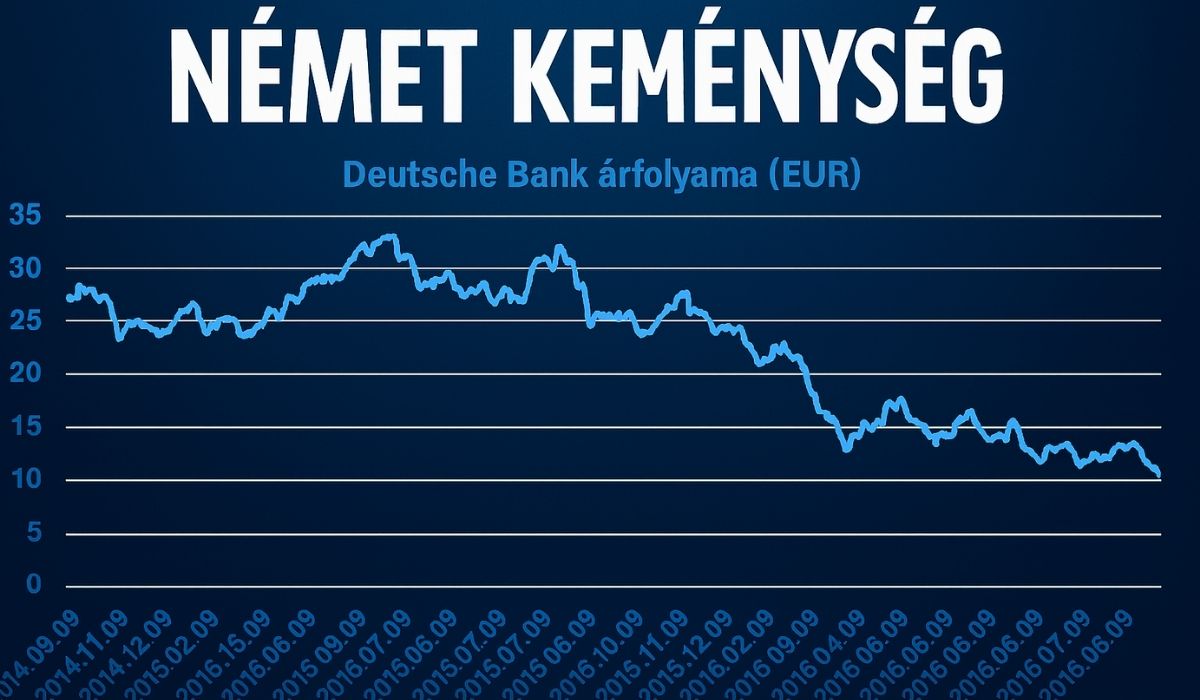In the world of material science, engineering, and manufacturing, hardness is a critical property that determines how a material resists deformation, scratching, or penetration. When we talk about német keménység, or German hardness, we’re referring to a specific standard or measurement system rooted in German engineering practices. Germany has long been recognized for its precision, quality, and rigorous standards in manufacturing, particularly in metallurgy, mechanical engineering, and material testing. Therefore, understanding the term német keménység offers insight not only into how materials are measured in Germany but also into how these standards influence global industries.
Német keménység is not just a theoretical concept; it is an applied measure that impacts various sectors, from the production of steel and alloys to plastics and rubber. In this comprehensive article, we will delve deep into what német means, the methods used to measure it, why it holds such significance in German and global industries, and how it compares to other international hardness standards. We’ll also explore its historical development, current applications, and future relevance.
The Origins of Német Keménység: A Tradition of Precision
To understand német keménység, it is essential to look at the origins of Germany’s material testing traditions. Germany has historically been a leader in industrial standards, driven by its highly developed engineering sector. In the 19th and early 20th centuries, as industrialization expanded, there was a clear need for standardized testing methods to ensure the quality and durability of materials used in everything from construction to automotive manufacturing.
The term német, translating directly to “German hardness,” encapsulates this rigorous approach to material testing. It is closely tied to German engineering standards, particularly those developed by institutions like DIN (Deutsches Institut für Normung), which set national norms for various scientific and industrial metrics. These standards ensure that materials meet specific criteria for performance, longevity, and safety, crucial for sectors like aerospace, automotive, and heavy machinery production.
Methods of Measuring Német Keménység: The Science Behind the Standards
Német keménység is assessed through various hardness tests, each designed to evaluate how a material responds to mechanical stress. The most prominent methods include the Brinell, Vickers, and Rockwell tests, all of which may be calibrated according to German standards.
- Brinell Hardness Test: This method involves pressing a hard steel or carbide ball into the surface of a material under a specific load. The diameter of the indentation is measured to determine hardness. It is ideal for testing metals with coarse structures.
- Vickers Hardness Test: This test uses a diamond-shaped indenter pressed into the material under a controlled load. The size of the resulting indentation is measured with a microscope, making it suitable for very thin materials or coatings.
- Rockwell Hardness Test: One of the most commonly used methods, the Rockwell test measures the depth of penetration under a standard load. It offers quick and direct readings, widely adopted in manufacturing settings.
Germany’s stringent interpretation and application of these methods contribute to the global reputation of német as a reliable benchmark for material hardness.
Why Német Keménység Matters in Manufacturing and Engineering
The application of német keménység extends far beyond academic or laboratory settings. In practical terms, knowing the hardness of a material can directly impact product durability, functionality, and safety. For instance, in the automotive industry, components such as gears, axles, and engine parts must meet specific hardness standards to withstand friction and mechanical stress without degrading prematurely.
In the aerospace sector, the hardness of materials affects not only performance but also safety, as materials used in aircraft must endure extreme conditions without failure. The német standards help manufacturers guarantee that their products meet these rigorous demands. Additionally, in the construction industry, the hardness of metals and other materials determines their suitability for structural applications, ensuring longevity and integrity in buildings and infrastructure.
The Role of DIN Standards in Defining Német Keménység
The DIN standards play a pivotal role in formalizing the concept of német keménység. DIN provides comprehensive guidelines on how hardness tests should be conducted, ensuring consistency and repeatability across laboratories and industries. These standards are critical because they remove ambiguity from hardness measurements, making it easier for engineers and manufacturers to specify material requirements precisely.
DIN standards often align with ISO (International Organization for Standardization) norms but maintain unique specifications that reflect the meticulousness of German engineering. By adhering to these standards, products manufactured in Germany or by German companies abroad can maintain the high-quality reputation associated with német.
Német Keménység vs. Other International Hardness Standards
While német keménység represents German-specific hardness measurement protocols, it exists within a broader context of international standards. Other countries or regions may rely on standards set by ASTM (American Society for Testing and Materials), ISO, or JIS (Japanese Industrial Standards).
One key difference between német and other systems is the precision and conservatism typical of German testing approaches. German standards often require more rigorous testing conditions, narrower tolerances, and more frequent quality checks compared to some other national standards. This meticulousness ensures that products certified under német keménység are often perceived as more durable and reliable globally.
Applications of Német Keménység Across Industries
The relevance of német keménység spans multiple industries:
- Automotive Manufacturing: From crankshafts to gear teeth, hardness testing ensures that parts will resist wear over time.
- Aerospace Engineering: Aircraft materials must be lightweight yet incredibly hard to resist deformation under stress.
- Construction: Structural steels used in bridges and skyscrapers rely on verified hardness to prevent failures.
- Consumer Electronics: Hardness standards help determine the scratch resistance of screens and casings.
- Medical Devices: Tools and implants require precise hardness levels to ensure biocompatibility and longevity.
In each of these fields, adherence to német keménység ensures that products meet not only functional but also safety requirements, reinforcing consumer confidence and regulatory compliance.
The Scientific Principles Behind Hardness and Német Keménység
At the core of német keménység lies the broader scientific principle of hardness, which is a material’s resistance to localized plastic deformation. This property is influenced by factors such as microstructure, alloy composition, heat treatment, and surface finish.
For instance, steel’s hardness can be increased through heat treatment processes like quenching and tempering, which alter the material’s crystalline structure. The German approach to hardness testing often includes detailed analysis of these contributing factors, ensuring that hardness ratings are not superficial but reflect deeper material characteristics.
Moreover, Germany’s emphasis on metrology—the science of measurement—enhances the precision of német keménység readings, ensuring that the results are both accurate and reproducible.
Challenges and Future Trends in Német Keménység Measurement
Despite the robustness of német keménység standards, challenges remain. One such challenge is the measurement of hardness in new composite materials or nanomaterials that traditional methods may not adequately capture. As industries evolve, especially in aerospace, medical devices, and advanced electronics, there is a growing need for micro- and nano-hardness testing techniques that can evaluate extremely small or thin samples.
Additionally, the integration of digital technologies and AI in materials testing is transforming how hardness is measured and interpreted. Germany is at the forefront of this shift, incorporating Industry 4.0 principles to enhance testing capabilities. Future advancements may include real-time hardness monitoring during manufacturing processes, predictive maintenance analytics based on hardness data, and even machine learning models trained to predict material degradation based on initial hardness metrics.
Conclusion: The Enduring Legacy of Német Keménység
In conclusion, német keménység represents more than just a measurement standard—it embodies the German commitment to quality, precision, and engineering excellence. Whether in automotive production, aerospace engineering, construction, or emerging technologies, the concept of német keménység continues to serve as a cornerstone for material reliability and industrial performance.
As industries advance and new materials are developed, the methods of assessing hardness will undoubtedly evolve. Yet the foundational principles behind német keménység—accuracy, rigor, and reliability—will remain as relevant as ever. For professionals in engineering, manufacturing, and materials science, understanding and applying német keménység is essential for maintaining the high standards expected in today’s competitive and quality-driven markets.
Frequently Asked Questions (FAQs)
1. What does német keménység mean?
- Német keménység translates to “German hardness,” referring to the specific standards and methods used in Germany to measure the hardness of materials, particularly metals and alloys.
2. How is német keménység measured?
- It is typically measured using methods like the Brinell, Vickers, and Rockwell hardness tests, calibrated according to German DIN standards for consistency and accuracy.
3. Why is német keménység important in manufacturing?
- Knowing a material’s hardness ensures that it can withstand mechanical stress, wear, and deformation, which is critical in industries like automotive, aerospace, and construction.
4. How does német keménység differ from other international standards?
- Német keménység is often more precise and stringent compared to some international standards, reflecting Germany’s emphasis on quality and meticulous engineering.
5. What industries use német keménység standards?
- Industries such as automotive, aerospace, construction, electronics, and medical devices commonly apply német keménység standards to ensure product durability and safety.









